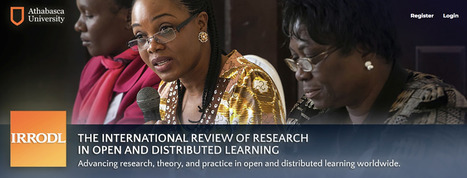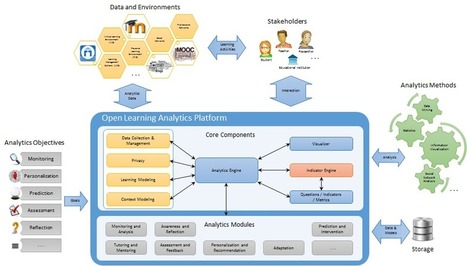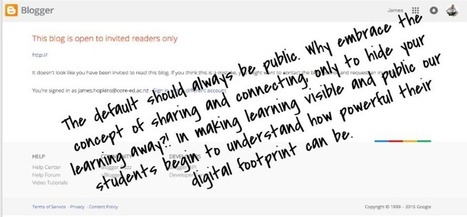Gender inequality is a pressing issue on a global scale, yet studies on this important issue have stayed on the margins of open and distance learning (ODL) literature. In this study, we critically analyse a batch of ODL literature that is focused on gender inequality in post-secondary and higher education contexts. We use Therborn’s social justice framework to inform and guide the study. This is a comprehensive social justice lens that sees inequality as “a life and death issue,” approaching empowerment as a central area of concern. Qualitative content analysis of 30 years of peer-reviewed literature reveals patriarchy and androcentrism as significant mechanisms that continue to produce gender inequality, in particular in women’s access to educational resources and formal learning opportunities. We highlight three themes that emerged in the content analysis: (1) ODL and equal opportunity; (2) Feminism and gender-sensitive curriculum design; and (3) Culturally relevant curriculum design. We critique views of access to technology-enabled education as an instrument for social justice, and provide a pedagogical model for an ODL curriculum centred on empowerment and agency, two concepts closely linked to existential inequality. We argue that such a curriculum is public service and requires a model of education that is based on participation and co-construction, and lies at the intersection of critical, feminist, and culturally relevant pedagogical practices.
Get Started for FREE
Sign up with Facebook Sign up with X
I don't have a Facebook or a X account
 Your new post is loading... Your new post is loading...
 Your new post is loading... Your new post is loading...
|

Ana Cristina Pratas's curator insight,
October 25, 2019 11:17 AM
Abstract
This paper considers the current state of the United Kingdom Open University (UKOU) and the implications for the evolution of higher education, whether through open or traditional institutions. Although 50 years have passed since the establishment of UKOU, the first open university, such institutions seem to be losing their ground, notably because they face challenges in creating a clear identity for themselves. By definition, they have been distinguished from traditional universities by offering both open access and open admission. However, some cases of open access (i.e., distance teaching through the adoption of various technologies) are found in China, South Africa, the USSR, and the US. Even so, the introduction of open admission policies can be considered a core feature of open universities. Such policies have been criticized for creating a so-called revolving door, with students failing almost immediately. To counteract this, UKOU developed a particular quality assurance system, which allowed them to be an authoritative higher education institution. Specifically, they structured regional networks with shared responsibilities, to offer all the elements that make up a university including headquarters, regional offices, and even spaces for students. This form of networked university is what differentiates open universities from the traditional university model and constitutes a unique feature of this type of educational institution. |




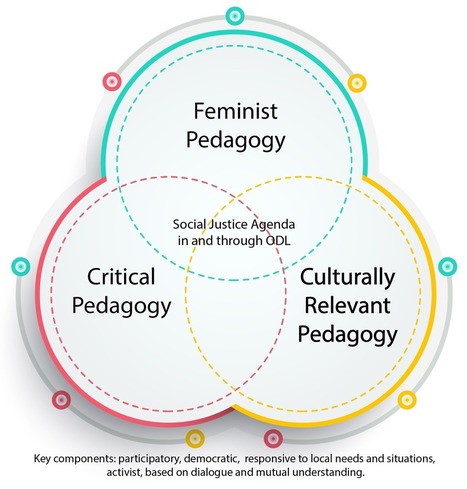

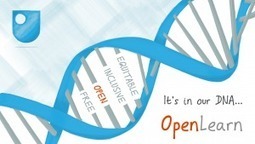
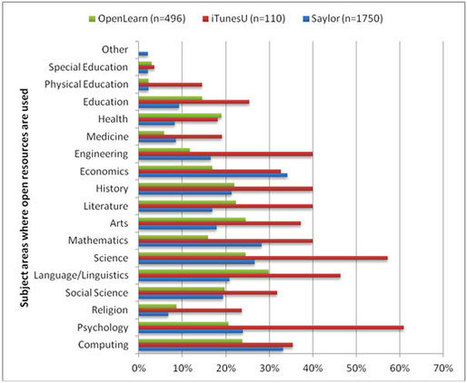
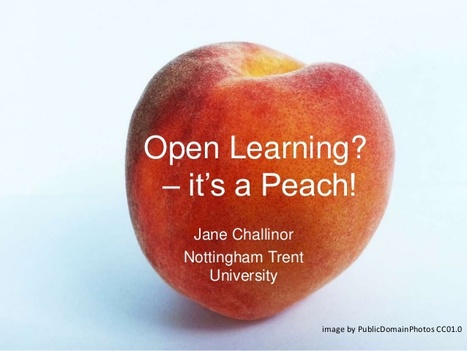
![Training Educators to design and develop ODL materials [course] |Commonwealth of Learning | Information and digital literacy in education via the digital path | Scoop.it](https://img.scoop.it/8VjHi8a5tvqbYfrxM6JqEjl72eJkfbmt4t8yenImKBVvK0kTmF0xjctABnaLJIm9)

